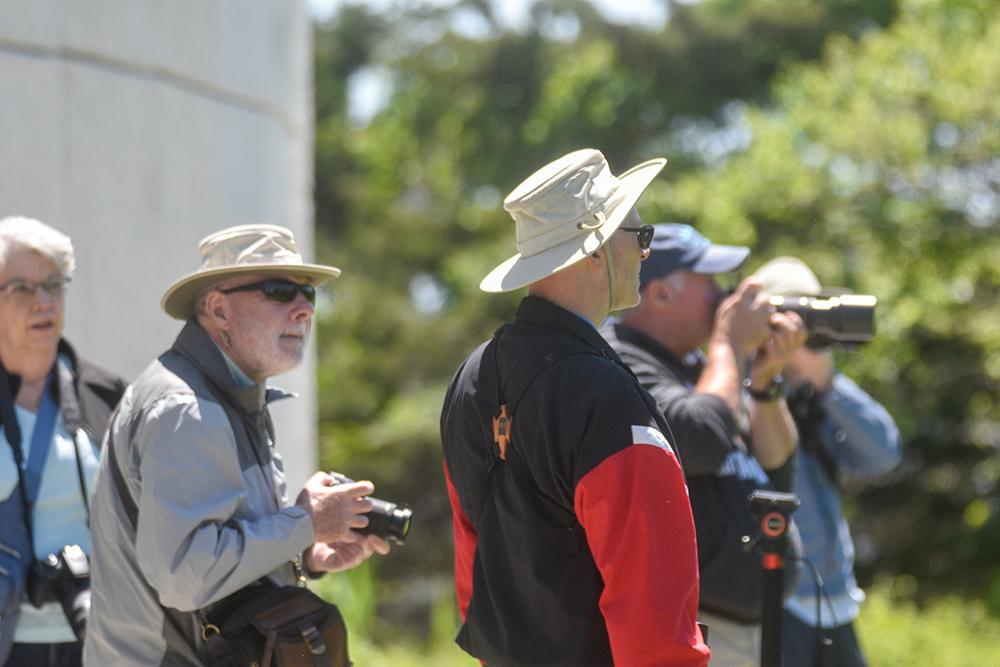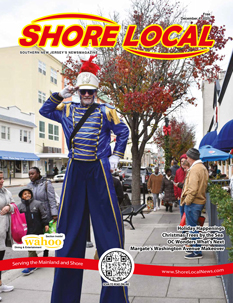By Steffen Klenk
There is much nature to be seen all around us. Between the ocean and the pinelands, South Jersey welcomes nature enthusiasts and bird-watchers from far and wide to enjoy the various landscapes and beauty that our region has to offer. With eyes closely peeled, photographers can find the rarest of feathered friends.
As tens of thousands prepare to travel to our region, native and migratory birds have already settled along our stretch of the coastline. Many of them will nest along the back bays, with one destination receiving the most notoriety. Those arriving at the Roy Gillian Welcome Center, right off Route 52 Causeway in Ocean City, will find the rookery, a lush plot of greenery that has grown in popularity with nature lovers. This small stretch of land provides visitors with a unique opportunity to witness breeding wetland and coastal birds.
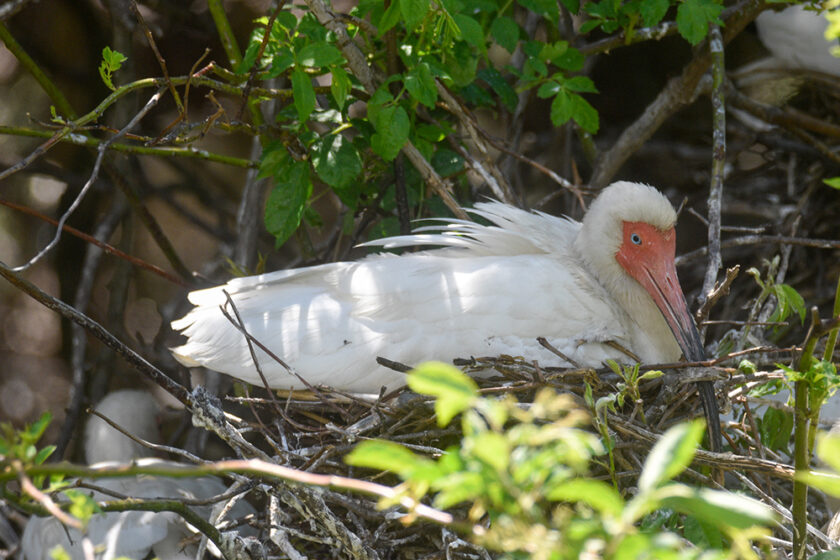
In the last few weeks, dozens of nesting birds have flocked to this location. But one species has drawn a lot of attention, the great egret. During breeding season, passersby will notice their long, feathery white plumes that grow from their backs. At three feet tall, their long S-curved neck, black legs, and large yellow bill make them hard to miss. Witnessing them take off in flight is a true spectacle to witness up close. Our cameras have spotted multiple egrets building nests along the rookery.
Even the white ibis has been spotted multiple times at the rookery. You will find these birds commonly nesting along shallow wetlands. They are almost entirely white, with black wing tips, long red legs, and a red face and beak. This fascinating breed was once a rare fixture in our region but has become an increasingly common visitor.
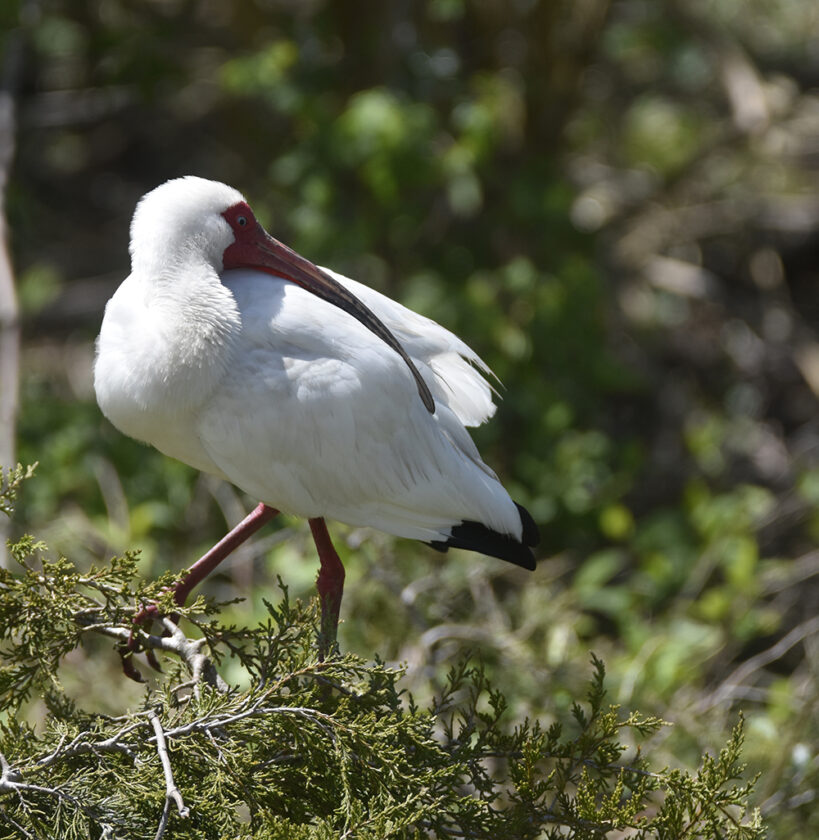
The snowy egret has arrived back in our coastal wetlands for the season. These birds are smaller than the great egret, only two feet tall. They are particularly distinguished by their black legs, yellow feet, and a patch of yellow skin at the base of a narrow black bill. They are common summer residents, found primarily in coastal wetlands.
Our cameras also spotted the black-crowned night-heron, a frequent summer visitor. You will often find them perched during the day, but they will forage the wetlands during the evening and at night. These birds are smaller than herons, standing at two feet tall. Their light gray feathers and distinctive black back and crown make them stand out among other species.
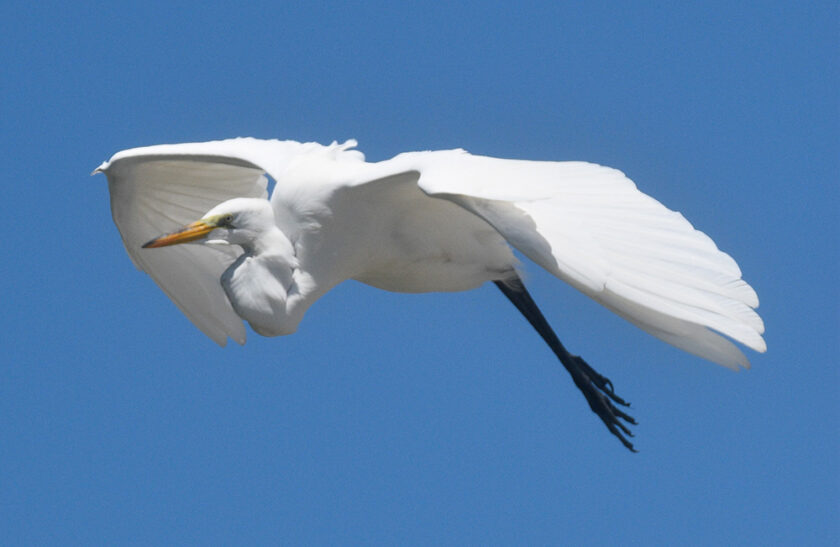
Another abundant resident at the rookery is the red-winged blackbird. Commonly seen along wet roadsides and salt marshes, the male creatures have a stripe of red and yellow along their shoulder stripes. You will often find them singing from high perches. Female red-winged blackbirds appear inconspicuously brown, sitting along low vegetation.
It is hard to mention birds in our region without bringing up the laughing gull. These notable summertime residents can be found along shorelines and open fields. These medium-sized gulls are hard to miss thanks to their distinctive call, like that of a human laugh. They are gray above and white below with a dark black hood and red beak. The usual laughing gull diet consists mainly of fish, insects, and mollusks.
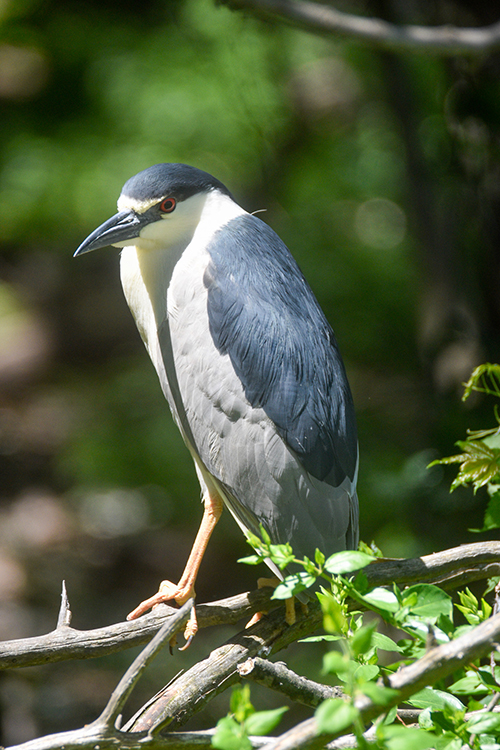
Throughout the summer, you are bound to find these magnificent birds, and many more, along our bayside and at the Ocean City Rookery. No matter what part of the shore you flock to this summer, be sure to have your camera charged, put on your sturdiest pair of shoes, and explore our region’s wonderous bounty of nature.
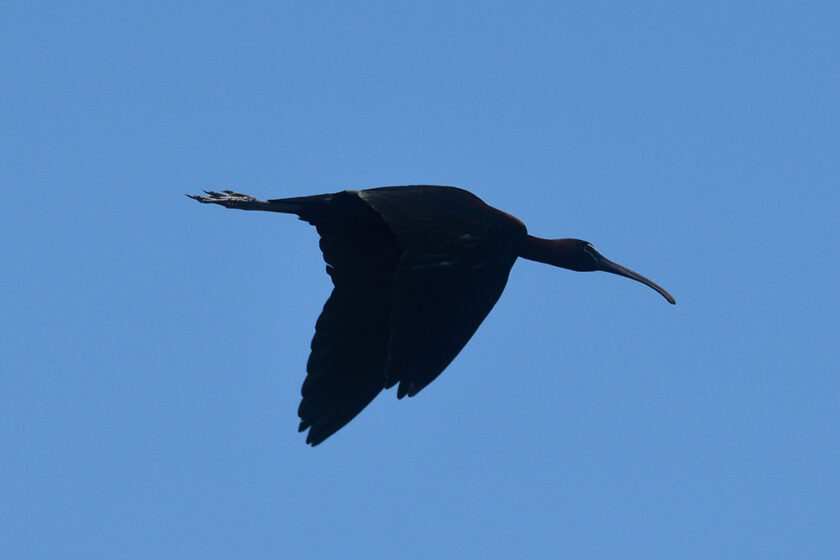
Photos by Steffen Klenk
Steffen Klenk is a photographer and multimedia journalist who enjoys capturing the eclectic moments of shore life. You may contact Steffen at shorelocalsteffen@gmail.com.





